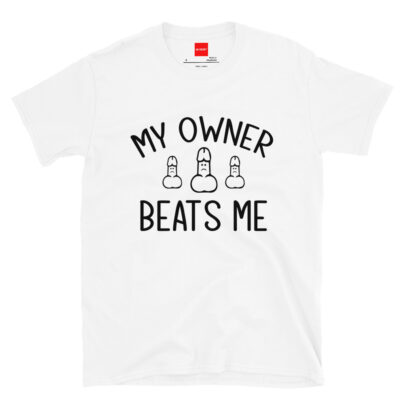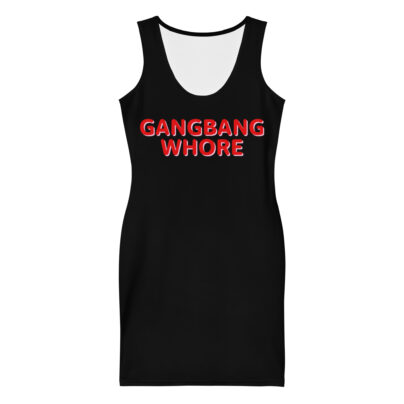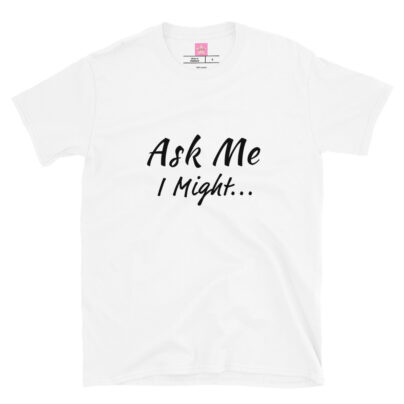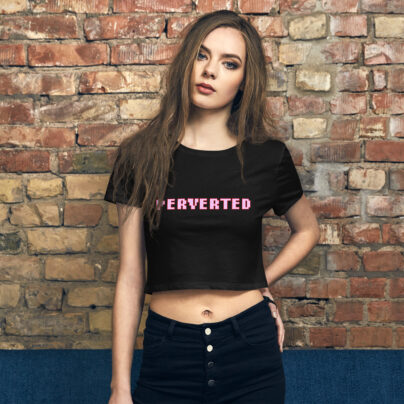FUCK ME OUTFITS BEST SELLERS
 Rated 5 out of 5"Wearing my In Vein t-shirt was like casting a spell of allure! My boyfriend couldn't resist taking his eyes off of me the moment he saw me in it. It's like this shirt has a secret power to make him want me more than ever. I've never felt so desired!"
Rated 5 out of 5"Wearing my In Vein t-shirt was like casting a spell of allure! My boyfriend couldn't resist taking his eyes off of me the moment he saw me in it. It's like this shirt has a secret power to make him want me more than ever. I've never felt so desired!"
 Rated 4 out of 5"I never thought a piece of clothing could have such an impact on my relationship. The In Vein t-shirt is pure magic! My partner's eyes lit up, and his affectionate gestures multiplied the moment I put it on. It's become my go-to shirt for those special, intimate moments."
Rated 4 out of 5"I never thought a piece of clothing could have such an impact on my relationship. The In Vein t-shirt is pure magic! My partner's eyes lit up, and his affectionate gestures multiplied the moment I put it on. It's become my go-to shirt for those special, intimate moments."
 Rated 4 out of 5"In Vein t-shirts are not just comfortable; they're relationship enhancers! My husband couldn't take his eyes off me when I wore mine. It's like a magnet for love and desire. I'm convinced there's some kind of enchantment woven into the fabric. Absolutely thrilled with the attention and affection it brought into our lives!"
Rated 4 out of 5"In Vein t-shirts are not just comfortable; they're relationship enhancers! My husband couldn't take his eyes off me when I wore mine. It's like a magnet for love and desire. I'm convinced there's some kind of enchantment woven into the fabric. Absolutely thrilled with the attention and affection it brought into our lives!"
IN VEIN ORIGINAL FUCK ME OUTFITS
Crafted with a blend of nostalgia and contemporary flair, our sex shirts and fuck me outfits help you communicate your sexual needs through desire-inducing fuck me outfits. Our slutty shirts act as a unique and discreet means of sexual communication, offering an effective method for you to express your sexual desires and needs.


























